A built-in tire pressure monitoring system (TPMS) is now available on a number of vehicles. When the air pressure in your tires falls below the proper temperature, an indicator light will flash on your dashboard.
It’s possible that the information system in the dashboard will have a menu that will let you know which of the four tires on the vehicle is giving you trouble. Nevertheless, there are a number of circumstances in which the TPMS light might be on, even though your tires do not require replacement or maintenance at the moment.
When this happens and all of your tires appear normal. There are a variety of reasons why this light might come on even when your tires are fine. One reason is that the temperature outside has dropped. This is why it’s advised to keep a tire pressure gauge in the car so you can double-check and verify it.
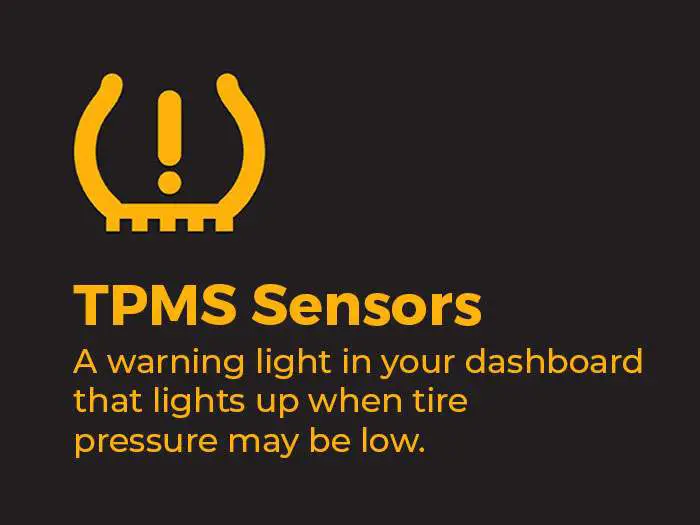
What is Tire Pressure Monitoring System (TPMS)?
It is a sensor in the form of a tiny chip that’s put in each of your vehicle’s tires. Its sole purpose is to ensure that each tire has the correct pressure. This is sometimes referred to as TPMS.
When your chip detects that your tire’s air pressure is 25% below the suggested range, the TPMS light on your dashboard will go on. You should first check and verify that your tires are correctly inflated. Generally speaking, there are two types of sensors:
Direct TPMS
In a system equipped with Direct TPMS, each of the vehicle’s four wheels has a sensor. When the digital receiver detects that the tire pressure is too low, a signal is delivered to it. This variant is the one that is most commonly found on brand-new vehicles.
The sensors are at risk for wear and tear or damage from tire maintenance or when driving through rough terrain because of their location. Sensors installed in the tire valves, which is where the air intake on each wheel leads, could be used in some iterations of this system.
Indirect TPMS
Instead of using a sensor on the wheels, Indirect TPMS employs sensors that are positioned on the Anti-Lock Brakes. Sensors are used to determine if the rotation speed is too slow, and when it is, the tire pressure is too low.
In comparison to the other two forms, indirect TPMS is more durable and less prone to failure. The disadvantage of indirect TPMS is that it only alerts you if one of your tires is running low because each wheel’s sensor must be engaged by movement in order to function properly.
What Is PSI and How Do You Determine the Proper Air Pressure?
The air pressure in your tires is expressed in a measuring system called pounds per square inch (PSI).
The recommended PSI for your vehicle’s tires can be found on a sticker inside the driver’s door or in the owner’s handbook(under “tire maintenance”. Except when employing a commercial vehicle, the PSI for passenger car and light truck tires will typically range from 27 to 35.
Maintaining the correct air pressure in your tires is important for safe driving since either over- or under-inflation can reduce gas mileage and cause handling problems.
Remember that the PSI shown on the tire itself should NOT be used. If you inflate your tires to that PSI, you risk damaging them and experiencing an extremely rough ride.
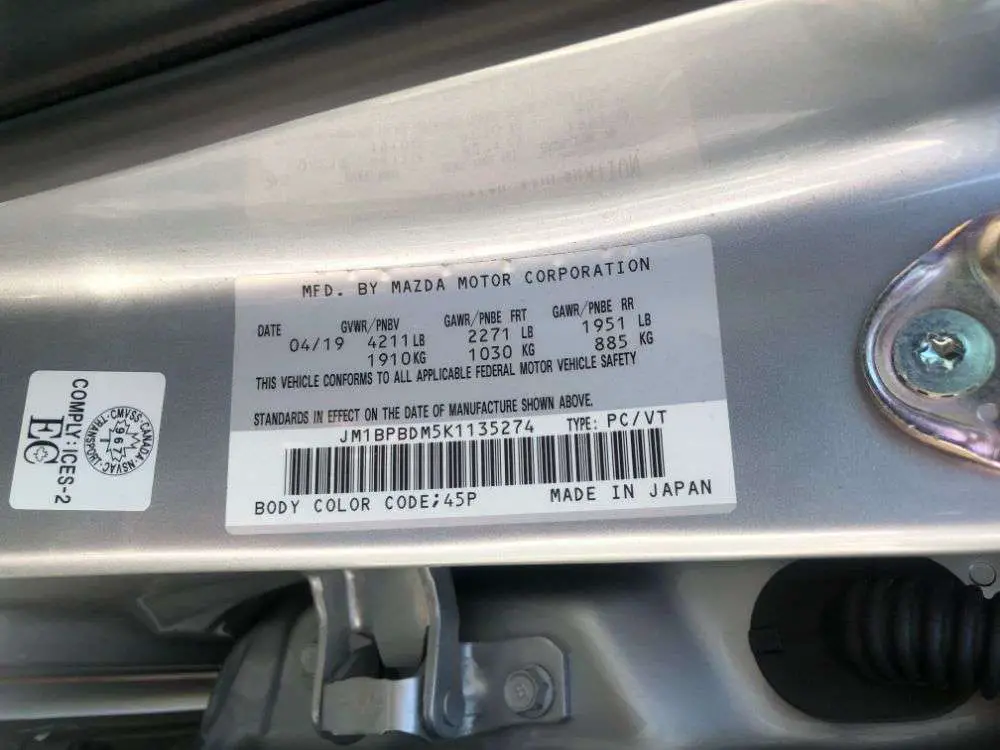
How to check your tire pressure:
- You can check the tire pressure with a separate tire pressure gauge (which you can get for a reasonable price from most shops). If you don’t have one, go to a gas station or tire shop and ask for help.
- Check the vehicle’s owner’s manual for suggested pressure, which may be displayed on a label on the driver’s inner door panel.
- Fill up to the correct air pressure amount. After, the TPMS light may need a few minutes to reset and should go off after driving for a little while.
If the light keeps on for long periods of time, it’s most likely due to a small issue (a tire pressure sensor reset is required) or that you’ll have to bring it into the shop for repairs (one or more sensors may need replacing).
QUICK TIPS:
Remember that when the engine starts, all of the dashboard lights illuminate for a few seconds to confirm that everything functions properly. As a result, if the TPMS light illuminates for a few seconds each time you start your vehicle, it does not signal that the tire pressure is low.
However, if the light does not come on even when you first start the car, you should contact your local dealership immediately. It is always better to figure out something sooner rather than later in either circumstance.
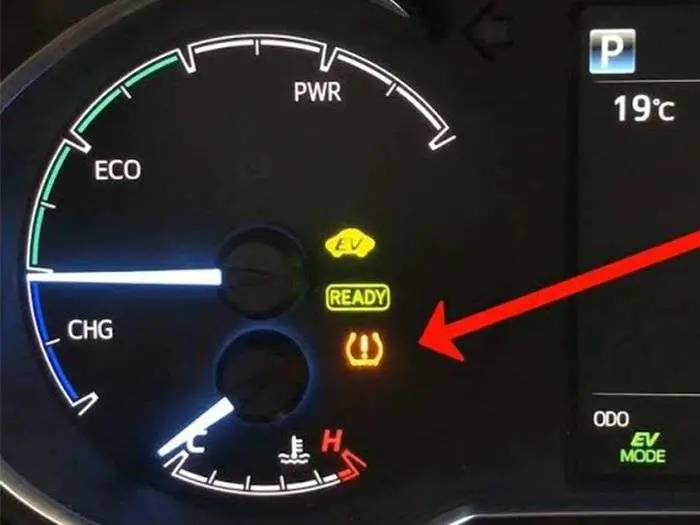
What does the TPMS light tell you?
You may notice the TPMS light behaving in a number of ways:
It stays on all the time
This could signify that one or more of your tires has insufficient air pressure. If you’ve already confirmed this isn’t the problem, it might mean there’s a problem with the TPMS sensor.
It Blinks for a Minute then Stays On
You may observe that the TPMS light blinks for a few minutes before going off permanently if you start the engine. If this is what you’re seeing, make an appointment with your local dealer and have it repaired as soon as possible.
It’s Coming On and Off Periodically
If the TPMS light is on and off at random, this might be an indication that the tire pressure reading is being shifted by external conditions.
This happens frequently during the winter months, either because the temperature decreases during the night or because the cold weather makes it difficult to accurately monitor tire pressure. The reading will return to normal once the temperature has returned to its normal level.
This is a very typical occurrence, and there’s no cause for alarm. It may not matter much in the long run, but it wouldn’t hurt to double-check the air pressure when you’re coming out of winter.
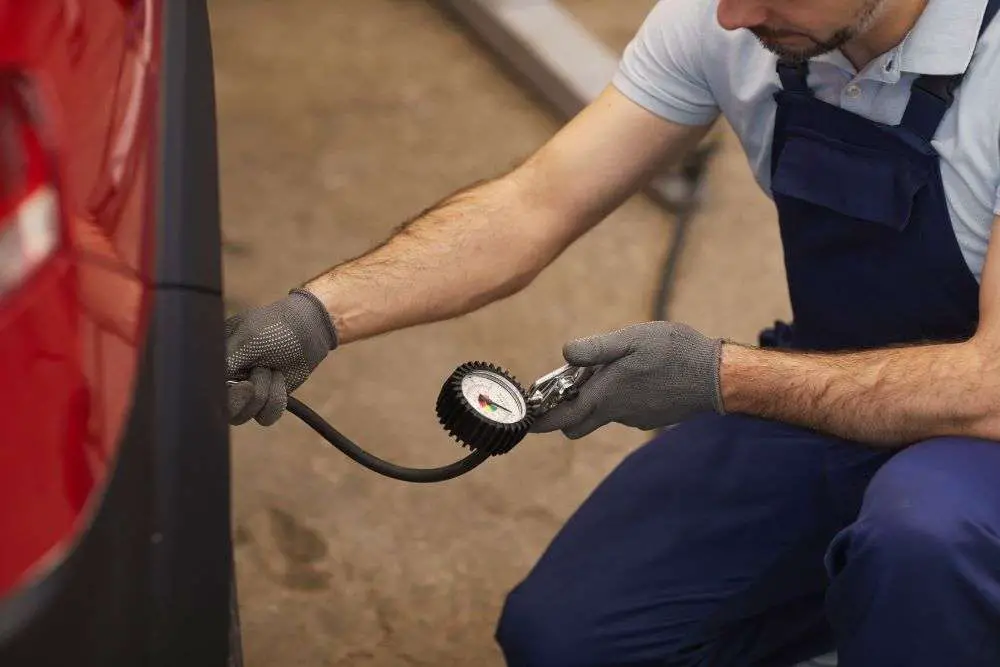
Why Is It Important to Maintain Proper Tire Pressure?
For optimal driving and gas mileage, you should always ensure that the tire pressure is set correctly. Aside from better fuel economy, there are several benefits, including:
Slow tire tread wearing
Tires that are properly cared for will last longer and require less replacement. Low tire pressure increases the likelihood that the tire will harm the road surface through prolonged contact. When driving on snow, gravel, or sand, it’s not a good idea to have underinflated tires.
Longer Lasting wheel
Increased air pressure can cause your ride to feel more rigid and uncomfortable. The higher air pressure will also cause the tire to wear more quickly. Too much friction and heat will cause the tire to wear down prematurely, which might lead to a flat tire, tire blowout or tread erosion.
Reduced rolling resistance
The fuel efficiency of a vehicle is directly proportional to its rolling resistance; if you can reduce it, you can drive further on the same quantity of fuel.
Better resistance to moisture
Your vehicle will be better prepared to maintain control when driving over water, reducing the chance of your tires losing traction on the road surface.
QUICK TIPS:
The primary function of the Tire Pressure Light and Monitor System is to alert the driver to low tire pressure. Tire pressure should be checked regularly using a separate tire pressure meter to ensure safe driving.
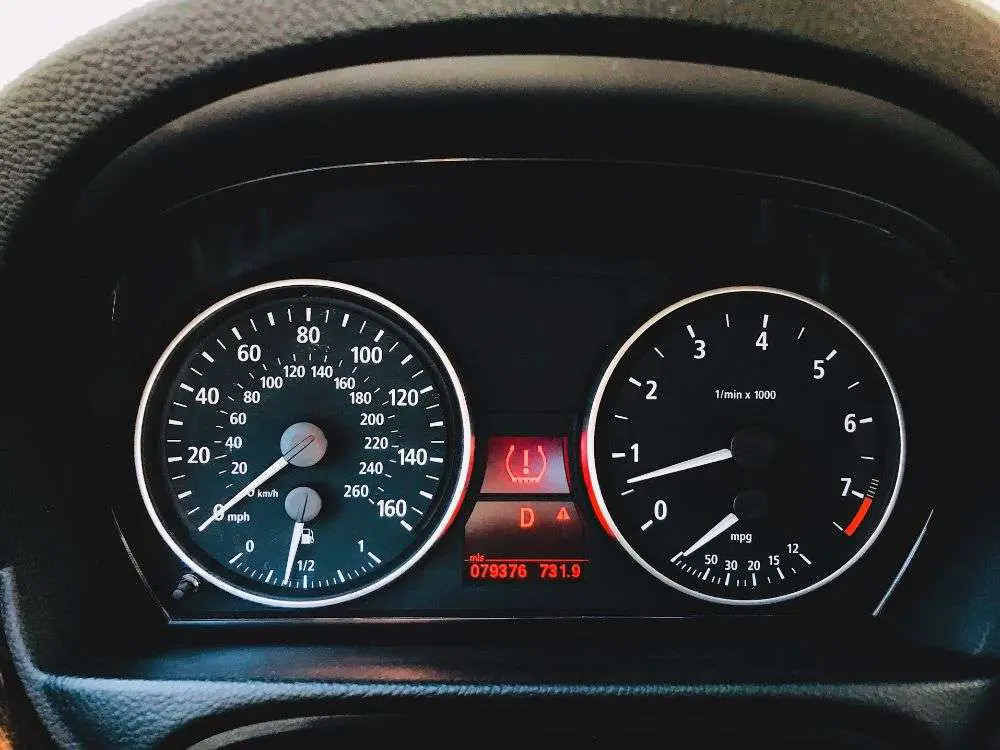
Why is the tire pressure light on?
There are a number of reasons why this is happening:
Outside Temperature Change (Most Likely)
Measure the temperature of your tires first thing in the morning outside of the home if you live somewhere with a chilly climate. If the temperature is higher, this could lead to an excessive amount of air entering the tire, which could make driving during the day dangerous.
This is also why the tire pressure light comes on when the outside temperature falls. Because the density of air varies according to the temperature, the tire pressure warning may activate since the reading is influenced by the cooler temperature.
Tire Change or Rotation was Recently Performed
It’s possible that the tire pressure sensor reset is needed if the position of the tire on the wheel had changed. Depending on the car, this may simply mean that you need to move the vehicle around for a few minutes so that the tire can reset.
In the event that this does not work, you may be required to go to a dealership or garage in order to have a full calibration performed.
The TPMS Sensors are damaged
The sensors on the TPMS Direct system may become damaged over time due to the vehicle’s travels over tough bumps or during tire servicing. Over time, the onboard battery is also expected to wear out, typically lasting around 5-10 years.
The sensor might also be destroyed in this scenario if the physical tire is damaged or if it is filled with anything other than air or nitrogen (such as flat-repair sealants or fix-a-flat).
The wheel speed sensors are faulty
The wheel speed sensors may be damaged on a TPMS Indirect system, sending the wrong signal.
Pressure in Spare Tire is Low
If your tire pressure warning light begins to glow when you are using a spare, this might be the cause and is not an issue since you will most likely only utilize the extra tire for a short time.
QUICK TIPS:
New or used, if you want your car to give you a warning if one of your tires goes flat while you’re driving, you’ll need to acquire tires that feature tire pressure monitoring systems (TPMS).
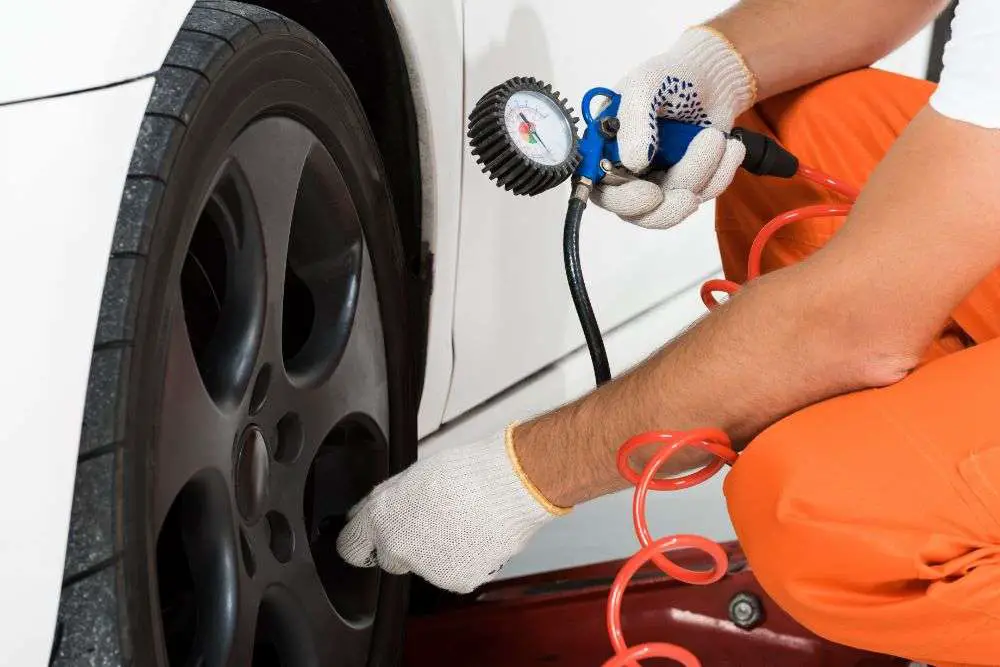
What to do when your low tire pressure light won’t turn off
To check if any of your tires are going flat, pull over to the side of the road in a safe area. Depending on the circumstances, the solution may be as easy as pumping extra air into the tire or bringing the air pressure back up to the normal level.
Check all of the tires and their pressure levels. If a tire appears flat, replace it and use a spare right away. Here are other things you can consider doing:
When driving in colder weather
You may observe the TMPS warning coming on in the morning or whenever the temperature drops below a certain point. When air pressure on one or more of your tires falls below 25%, the TPMS light comes on.
Before you inflate the tires thinking that the air pressure is incorrect, be sure to check for yourself. Because inflating them when the air pressure is too low might result in the air pressure being too high during the hotter part of the day.
Checking the reading on the air pressure gauge when it’s warm outside is the best thing that can be done in this situation. You can presume that the sensor reading was only impacted by the temperature if the measurement is accurate and the tire pressure light only comes on during the chilly part of the day.
In this case, you can ignore the TPMS warning light without putting yourself or others in danger.
Getting it fixed
Checking the tire pressures and making sure they are at the levels recommended in the owner’s manual or shown on the inside of the driver’s door panel is often all that’s needed to get the car back on the road.
If your tire pressure light is on and you can’t find a way to do a tire pressure sensor reset, contact your dealership to have your vehicle looked at as soon as possible.
Even if your warranty has run out, replacing the TPMS light is usually simple; therefore, the cost of fixing it should be fairly inexpensive, perhaps around $100-300.
Check to see whether your warranty is still valid; it may allow you to have this done for free. Alternatively, you may discover a trustworthy local tire business that can do it for a good price.
If the light is still on after adding air
The first step is to use a tire pressure gauge to get a second reading to ensure that the air pressure in the tire is correct. If the tire pressure warning light on your dashboard remains on after a long while, it’s an indication that one or more of the tires is leaking air.
If the TPMS warning light flashes on for 1 second, then off for 3 seconds repeatedly, this is an indication that the vehicle has issues with one or more of the sensors. As soon as possible, contact your dealership and have the vehicle serviced.
Perform a system reset
In most vehicles, there is a simple procedure for resetting the TPMS warning light. Check the owner’s handbook to see whether there is a specific method for resetting the TPMS warning light.
On some car models, there is a tire pressure sensor reset button in the glove compartment or in the car settings menu. If it does, try doing this:
- Put your car on idle (start the car without turning it on)
- Hold down the reset button and wait 3 seconds.
- When the TPMS warning light goes off, you should hear a beep.
- After that, start the engine and drive the car for about 30-45 minutes at a constant speed of at least 30 km (around 20 miles).
- Once this is done, the TPMS sensor should be successfully reset.
On Toyota vehicles, the steps are similar:
- Simply start the car
- Press and hold the TPMS button while the TPMS light flashes 3 times slowly.
- Afterward, release the button.
QUICK TIPS:
You shouldn’t have to reset the TPMS sensors too often or regularly. If the TPMS sensor comes back on and stays on, call your dealership to inspect the TPMS sensors since they may be faulty.
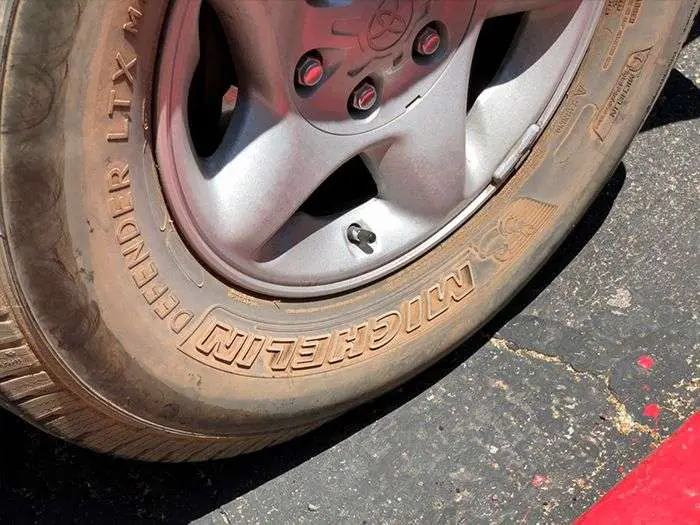
How to reset the tire pressure sensor?
The tire pressure indicator light should automatically turn off once the tires have been inflated to the correct pressure. In the event that it persists in lighting up, try one of the following:
The tire pressure indicator light should automatically turn off once the tires have been inflated to the correct pressure. In the event that it persists in lighting up, try one of the following:
- Spend 10 minutes driving at speeds of 80 km or above. When you turn the car back on, the tire pressure sensor may reset.
- Turn the key to the “on” position when the automobile is turned off, but don’t start the engine. The tire pressure monitoring system (TPMS) is reset by pressing and holding the button until the sensor blinks three times.
- Get in and wait 20 minutes for the sensor to update, then start driving. Typically, you’ll find the TPMS reset button in the floorboard behind the wheel. Look in your car’s owner’s handbook if you can’t remember where you put it.
- To do this, first, inflate each tire to 3 PSI above the manufacturer’s suggested maximum, and then let each tire totally deflate. It’s possible that the spare tire has a sensor as well, so don’t forget to include it. When you’re done deflating the tires, inflate them to the correct pressure.
- Turn off the car and remove the positive battery cable. Start the engine and give a three-second blast on the horn. Because of this, the vehicle will lose any remaining charge. The battery must then be connected again.
Will It Reset Itself If the Tire Pressure Light Comes On?
After inflating the tires, the warning light can be turned off on some vehicles by pressing a button or flipping a switch. On the other hand, some vehicles’ TPMS systems automatically reset themselves and turn off the TPMS warning light after a few miles of driving with properly inflated tires.
Is It Safe To Drive The Car When the TPMS Warning Light Is On?
If you ignore the TPMS Warning Light, it might develop into a serious tire problem that may bring about issues for you and other road users.
If your tires are underinflated, they might be prone to failure, blowout, and overheating, all of which you should think about seriously. With the vehicle becoming less willing to drive straight, you will notice a decrease in control over the roadway.
When tires are underinflated, on the other hand, they will wear more quickly and driving will be considerably bumpier.
When the TPMS warning is on, you might discover that the vehicle can be driven with no or little difficulty, but it will eventually lead to these problems:
- Increase wear on the tires
- Poor driving response
- Tires overheating
- Reduced tractions
- Bumpier ride with less traction
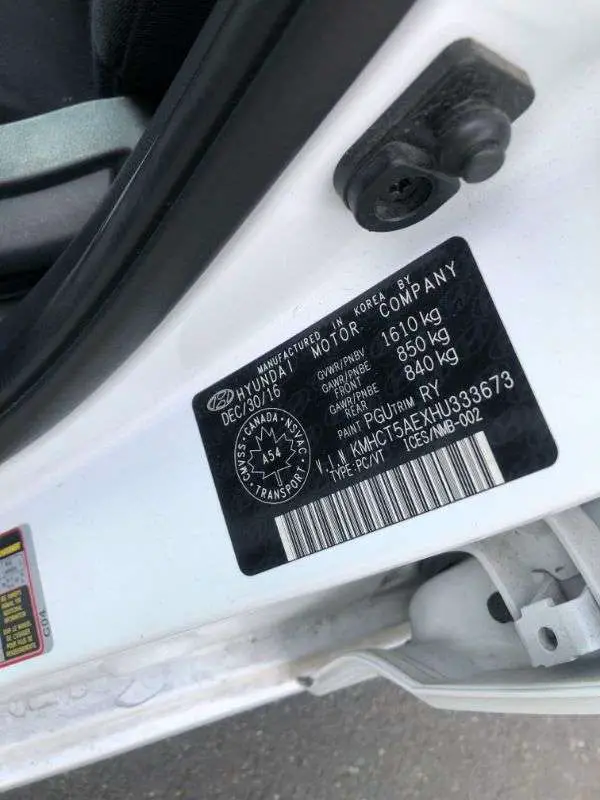
Do You Need New Sensors If You Replace Your Tires?
It’s really unnecessary. Tire pressure sensors are not permanently attached to the tires, therefore if they are still functional, they can be reused with the original set of tires. However, the sensor should be replaced once the battery has been used for approximately 10 years.
How To Fix the TPMS Sensor?
In many cases, simply ensuring that air pressure in each tire is sufficient and at the stated level either in the handbook or displayed on the inside driver door panel may be all that is required to fix the problem.
If your vehicle’s tire pressure indicator is illuminated and you cannot locate the tire pressure sensor reset, you should call your local dealership immediately.
Even if your warranty has run out, replacing the TPMS light is usually simple; therefore, the cost of fixing it should be fairly inexpensive, perhaps around $100-300. Check to see whether your warranty is still valid; it may allow you to have this done for free. Alternatively, you may discover a trustworthy local tire business that can do it for a good price.
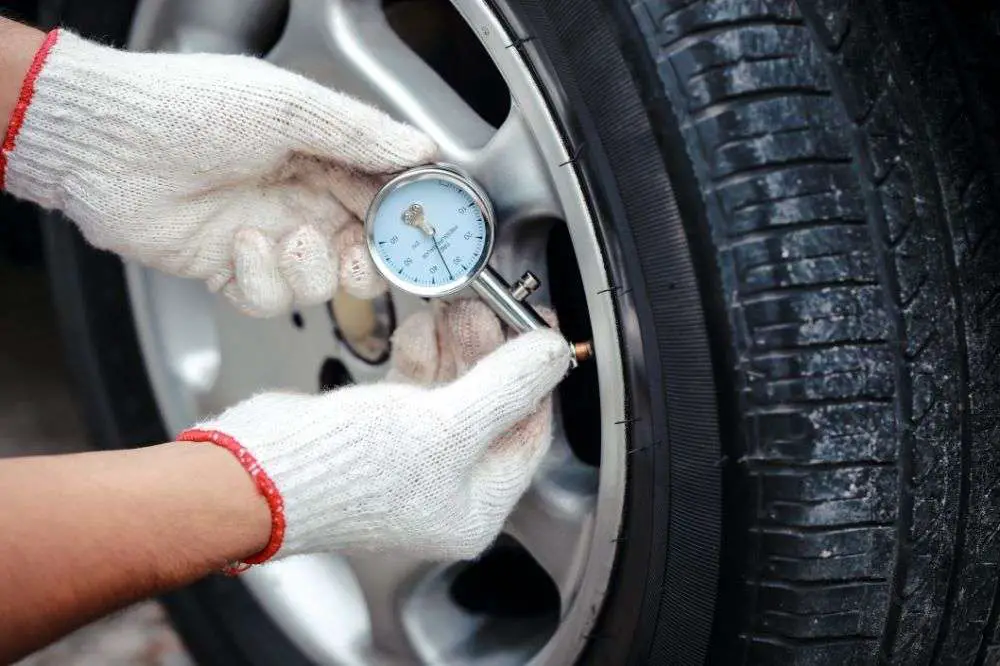
Is the TPMS Sensor Accurate?
The Tire Pressure Monitoring System is supposed to provide you with a fast reading of each tire’s air pressure, but it can be fooled by outside temperatures or damaged.
The ideal thing to do every day or so is to conduct a visual inspection of your tires. It doesn’t need to be exhaustive, but at the very least you’ll know something is wrong.
Another good idea is to keep a separate tire pressure gauge or meter handy in the vehicle. This gadget is extremely useful to check and verify the reading received by the car’s TPMS, ensuring that it is correct.
Should I Still Use a Manual Pressure Gauge?
Is it still necessary to use a manual pressure gauge?
Even if the warning sign is not displayed, it is still a good idea to check your pressure on a regular basis. At the end of the day, a TPMS warning light is still just a tool, even if it is useful.
There are valid reasons for this. A defective sensor is incapable of detecting changes in pressure. Also, the TPMS system may not be properly calibrated for the additional weight of a trailer or trailer hitch.
Keep in mind that this light just acts as a basic warning. It does not tell you if the tire pressure is too low or too high, or if only one or more tires are affected.
What Can I Do To Reduce TPMS Warnings?
The chance of the TPMS Warning coming on can be lowered by performing some basic regular maintenance on your automobile. You should check the tire pressure once a week, or when you wash your vehicle.
If you use your car a lot or for long distances on a regular basis, it’s recommended that you have the TPMS sensors tested every four to six months. Before it is completely used up, replace and refurbish the wheels.
If you have tried all of these solutions and are still unable to get your TPMS sensors to work, this may imply that replacement is the only option left open to you.
If you take your vehicle to the dealership closest to you, they will most likely provide you with diagnostic tools and run tests to establish whether or not you need to replace the sensors.
QUICK TIPS:
Always have your wheel replaced or serviced by a trained expert or have your dealership’s service department handle it for you.
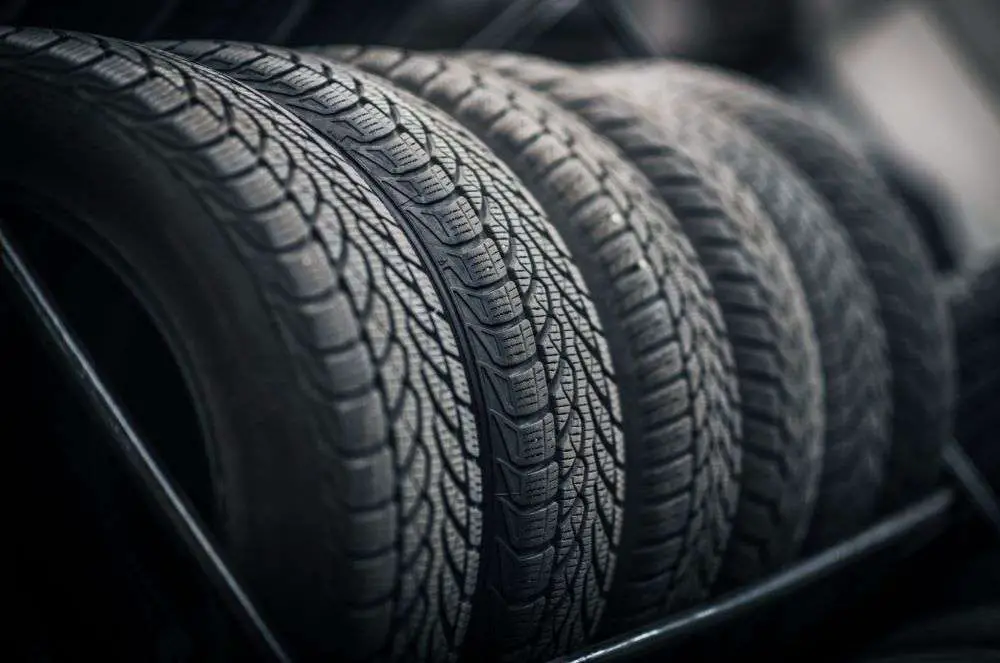
Conclusion
When the tire-pressure warning light comes on, it’s likely because one or more of your tires is under-inflated. However, there are many things that can trigger the sensors to go off even if your tires are fine, so you shouldn’t rely exclusively on the data from the vehicle’s tire pressure monitoring system.
There are other vehicle maintenance factors to be aware of, which we’ve addressed in this post. If you have a few minutes, read these articles:
> How To Know When a Timing Belt Change is Needed?
> How Long Should Brakes Last and When To Replace?
> How To Know When a Timing Belt Change is Needed?

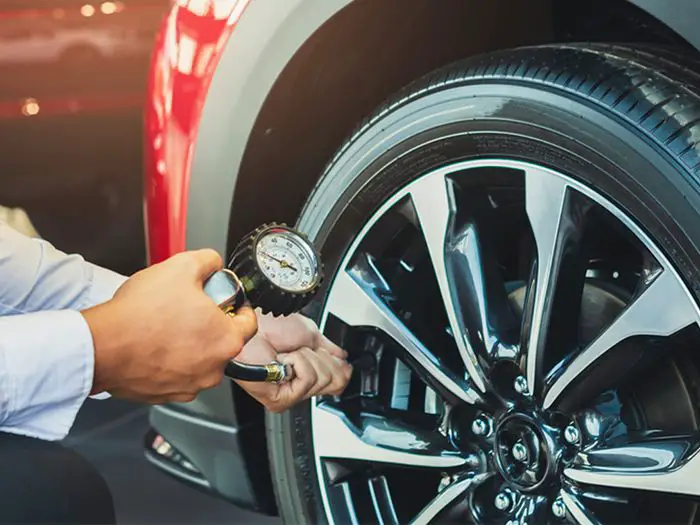

Spot on with this write-up, I actually feel this amazing site needs much more attention. I’ll probably be back again to read more, thanks for the info!